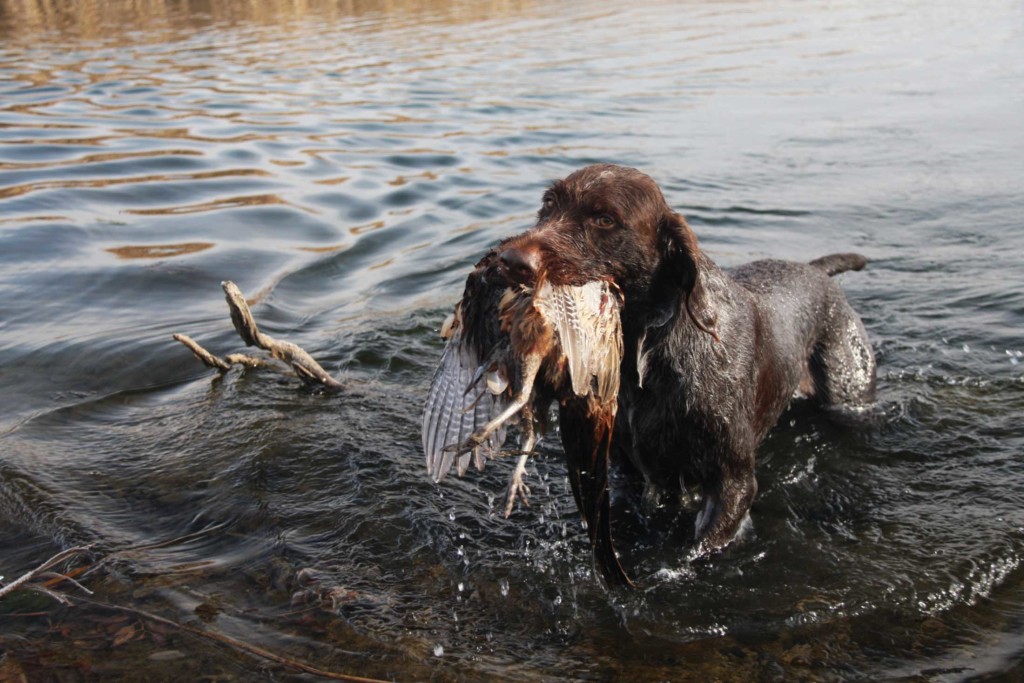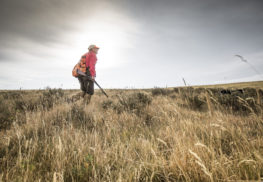About our Companions: Canine Concerns II

Hunting presents challenges, for hunters and hunting dogs alike. The elements—extreme cold or extreme heat—can be dangerous. Additionally, the remoteness of many hunting coverts means no access to medical care— sadly, should a life-threatening condition arise, reaching a vet is just not possible.
Some dangers are difficult to recognize, particularly when a single-minded bird dog has its energy and attention focused 100 percent on its job. How many of us have seen a dog with a deep barbed-wire gash pay no attention to the wound and keep working bird scent? Or a dog running for hours but still showing no interest in a bowl of water? A bird dog’s drive can override its physical state, with no visible indication that a problem is brewing.
We need to know how to recognize the symptoms of potentially fatal conditions in our dogs and how to initiate treatment when we can’t get to an emergency vet. We covered bloat and torsion and low blood sugar (hypoglycemia) last issue; now let’s examine hypothermia and heat stroke.
SHARE ON
You may also like
“What bird hunting has taught me – apart from ...
When you’re running a bird dog, hydration and fo...
The Dixie Kennel Cover's polyester shell is toughe...

























